In Focus: Rodin's quirky take on one of the treasures of the Elgin Marbles
Auguste Rodin was fascinated by the Elgin Marbles from the moment he first saw them in 1881. Lilias Wigan went to the British Museum to examine his modern take on an ancient treasure – currently on display alongside the classical sculpture which so inspired the French artist.
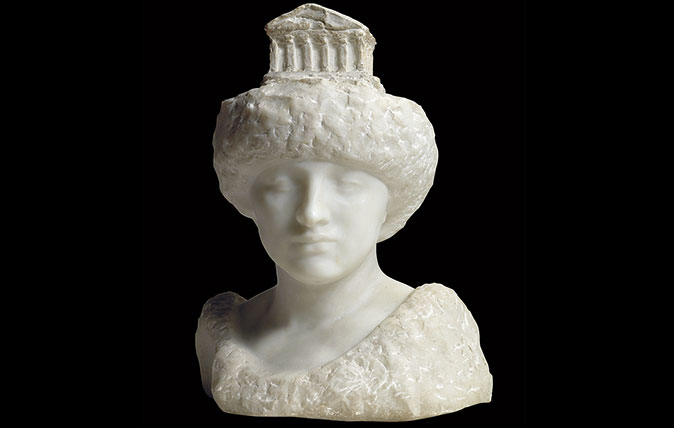
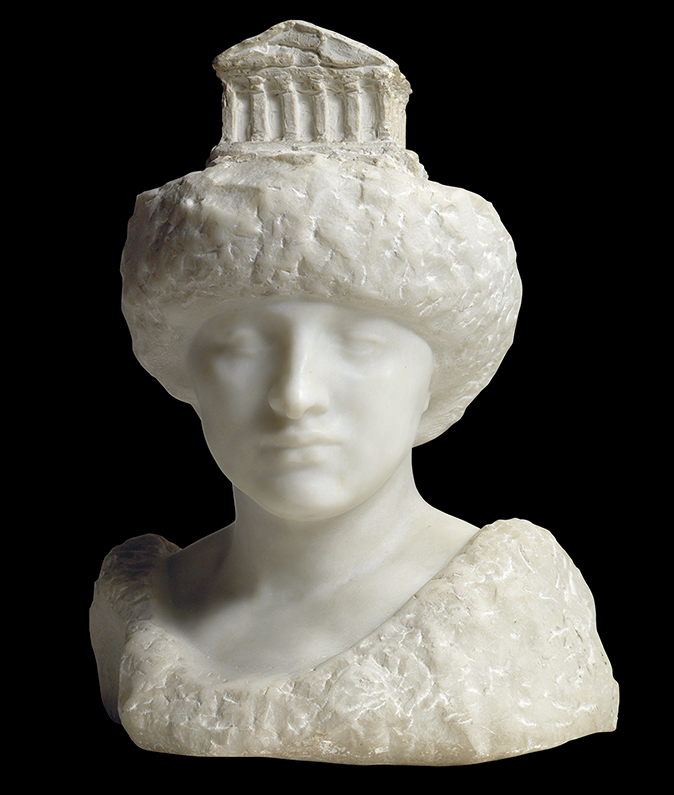
The Parthenon sculptures, conceived by Pheidias (c. 480–430 BC), are among the most renowned artefacts of Greek antiquity. And from now until July 29 some of the British Museum’s key works from among those sculptures have been moved from their usual display to the Sainsbury Exhibitions Gallery for Rodin and the art of Ancient Greece. There, bathed in natural light, they can be seen alongside an impressive array of works by Auguste Rodin.
The Elgin Marbles were acquired from the Acropolis in Athens by the Earl of Elgin at the turn of the nineteenth century and first went on show at the British Museum in 1817. Although Rodin never visited the Parthenon, his first sighting of the marbles in London in 1881 had a profound impact on him. This exhibition, which has been put on in collaboration with Musée Rodin, tracks his engagement with the relics that ignited such a fanatical obsession.
Among some 80 works on display is the 1896 bust you can see above, Pallas (Athena) with the Parthenon. Athena, whose epithet was Pallas, was the goddess of wisdom and craft to whom the Parthenon temple was dedicated.
The model was Mariana Russell, the Italian wife of the painter John Russell and Rodin’s friend. He greatly admired her Classical beauty and made several representations of her in this guise.
The eccentric composition, with a miniature Parthenon perching crown-like on top of her bouffant hair, points to Rodin’s interest in Greek mythology; it recalls the moment when Zeus swallowed Athena’s pregnant mother Metis (after tricking her into turning into a fly) and Athena was born, sprung from Zeus’ head.
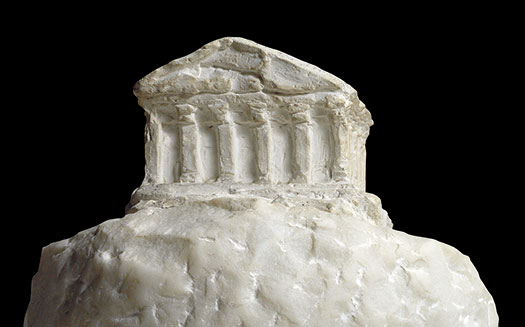
Rodin imitates the form and finish of ancient sculptures; Athena’s flawless skin is delicately polished and softened with a ‘sfumato’ effect, in stark contrast to the coarseness of her hair and clothing.
The sculptor relished the vulnerability of these ancient objects. He even campaigned against the restoration of the Parthenon after it was damaged by an earthquake in 1894, considering much of its beauty and authenticity to lie in its fragmented state and the narratives behind it. He was also the first artist to adopt a broken style for complete works of art in their own right.
Sign up for the Country Life Newsletter
Exquisite houses, the beauty of Nature, and how to get the most from your life, straight to your inbox.
Rodin’s unconventional appreciation for the fragment is apparent in his sculptures, in the variety of his photographs and sketches, as well as his collection of ancient Greek objects. These pieces reveal Rodin’s working thought processes, linking them directly to their source.
While capturing the essence of the Classical, he pushed the boundaries of what sculpture could attain in his dialogue between antiquity and the present. Here, in the historical context of the Elgin Marbles, one can marvel more than ever at the achievements of this Modern master.
Rodin and the art of ancient Greece, supported by Bank of America Merrill Lynch, is on view at the British Museum until 29 July 2018
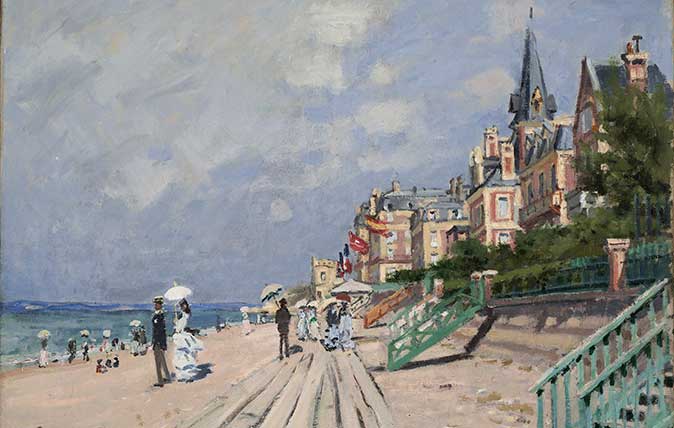
In Focus: The paintings which show Monet's genius for architecture as well as nature
Think of Monet and you think of reflections and nature, but his works included huge amounts of architecture and other
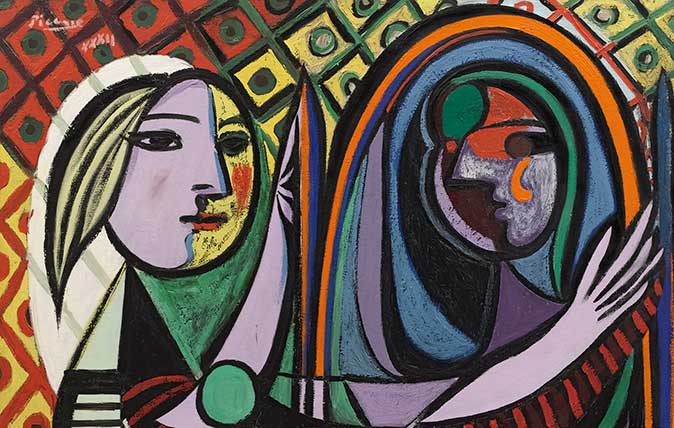
Credit: Picasso, Pablo (1881-1973): <i>Girl Before a Mirror </i>(Boisgeloup, March 1932). New York, Museum of Modern Art (MoMA)
In Focus: The Picasso portrait which revealed to the world his 22-year-old muse
The Tate Modern's first-ever exhibition focusing solely on Picasso concentrates solely on a single year in the life of this
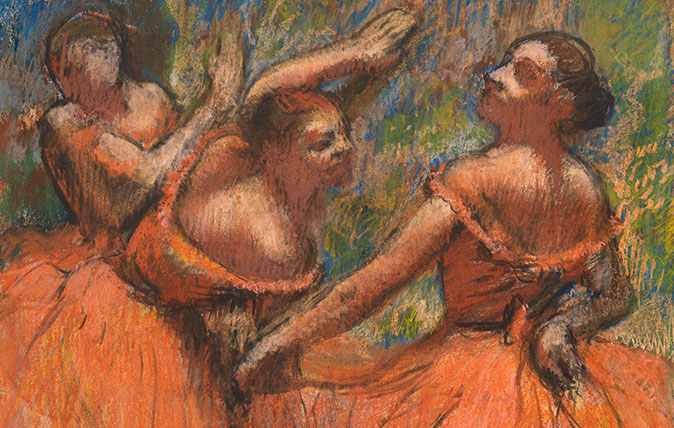
Credit: Hilaire-Germain-Edgar Degas - The Burrell Collection, Glasgow © CSG CIC Glasgow Museums Collection
In Focus: The Degas painting full of life, movement and 'orgies of colour'
Lilias Wigan takes a closer look at one of the key work's at the Degas exhibition at the National Gallery
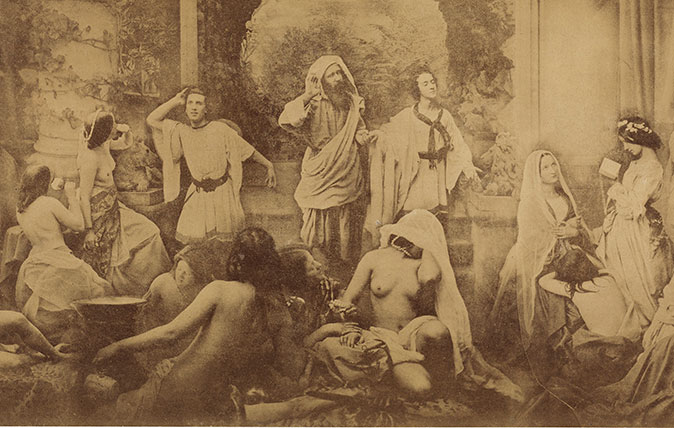
In Focus: The 160-year-old ‘Photoshopped’ picture which shocked Victorian England
An exhibition looking at four of the giants of Victorian photography has at its centre a remarkable work by the
-
 Two quick and easy seasonal asparagus recipes to try this Easter Weekend
Two quick and easy seasonal asparagus recipes to try this Easter WeekendAsparagus has royal roots — it was once a favourite of Madame de Pompadour.
By Melanie Johnson
-
 Sip tea and laugh at your neighbours in this seaside Norfolk home with a watchtower
Sip tea and laugh at your neighbours in this seaside Norfolk home with a watchtowerOn Cliff Hill in Gorleston, one home is taller than all the others. It could be yours.
By James Fisher